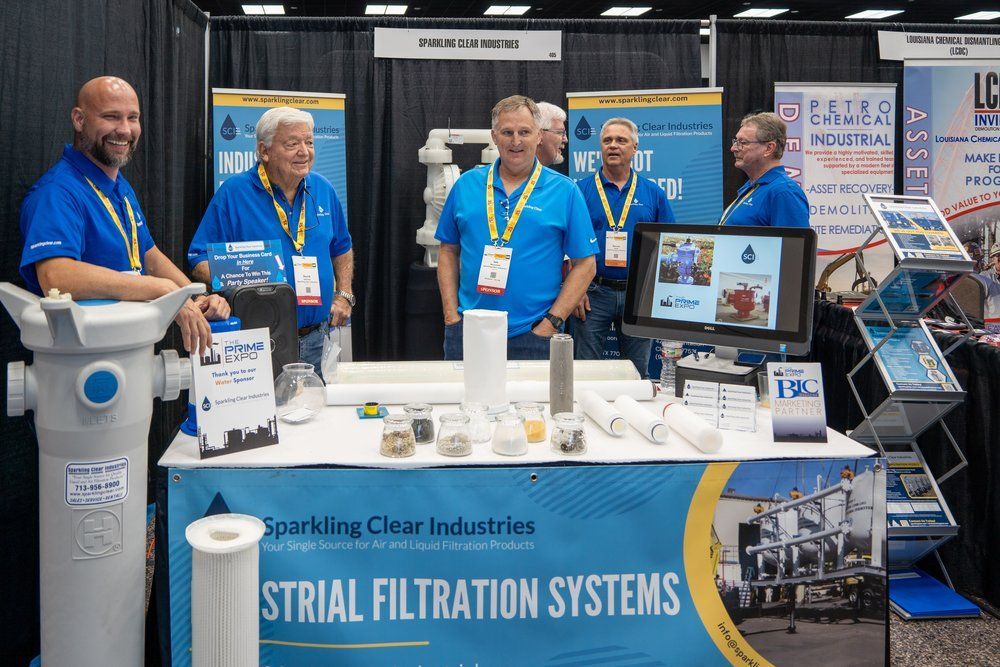Self-cleaning strainers offer an efficient and continuous way to remove debris and contaminants from fluid systems without the need for manual intervention. In this blog, we’ll discuss what self-cleaning filters are, how they work, and their various benefits in industrial filtration.
What Are Self-Cleaning Filters?
Automatic self-cleaning strainers keep industrial process systems free of contaminants and debris as with traditional strainers and filters. What makes self-cleaning strainers unique is how they clean themselves without shutdowns and manual intervention.
In most self-cleaning strainer designs, liquid enters the strainer from the bottom, flows upward through a filtering system, and exits as clean fluid. Any debris caught by the filter is pushed to a collection area. When the system detects a buildup of pressure, it opens a flush valve to remove the collected debris.
The most common mechanisms you will see in a self-cleaning strainer include:
- Backwashing. The flow of the liquid is reversed to send a portion back through the filter. This dislodges trapped debris so that it can be directed to the collection area.
- Mechanical Scraping. Uses blades to physically scrape
the filter surface.
- Continuous Flushing. A bypass stream continuously dislodges and carries away contaminants while the main fluid passes through the strainers.
- Ultrasonic Cleaning. Uses high-frequency vibrations to break apart and dislodge stubborn debris so that it can continue to the collection area.
The longer a filter can go without shutdowns for cleaning and repairs, the greater the savings lost production.
Benefits of Automatic Self-Cleaning Strainers
The advantages of using a self-cleaning strainer are not limited to productivity and reduced downtime. Other benefits include:
- Consistent performance in flow rate and purity
- Prevents damage and repairs due to clogs in the filter
- Protects downstream equipment from damage due to clogs and impurities
Is a Self-Cleaning Strainer Right for my Filtration Needs?
Every work sight and process is unique, so what works perfectly at one site may not work well at another. This holds true with self-cleaning strainers as well.
Before you invest in a self-cleaning strainer, you should discuss your needs with one of SCI’s knowledgeable employees. They will help you navigate factors to consider. This includes factors such as maximum flow rate, pressure, strainer mesh sizing and material compatibility to ensure the strainer will not corrode on contact with the fluid.
Let Sparking Clear Help You Find the Best Filtration System For Your process. Contact us today to set up a consultation.
We’ve Got You Covered


We'll help you find the product/equipment you need, so you can focus on running your business.
All Rights Reserved | Sparkling Clear Industries, Inc® | Privacy


